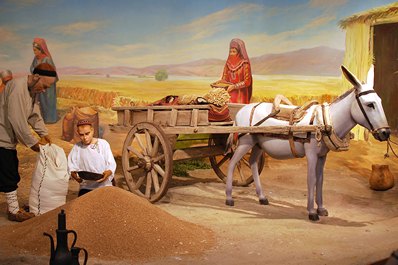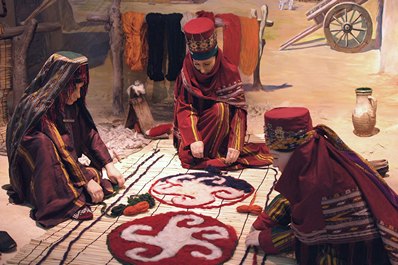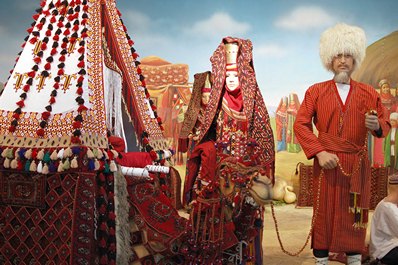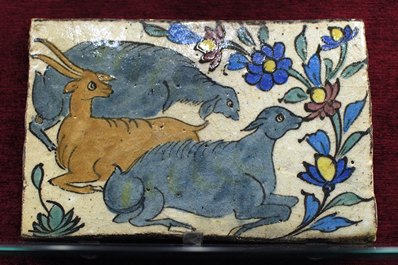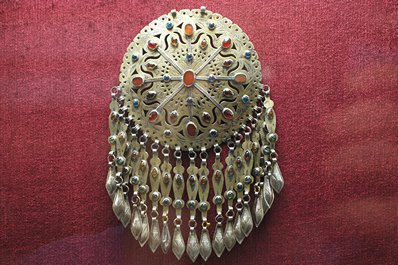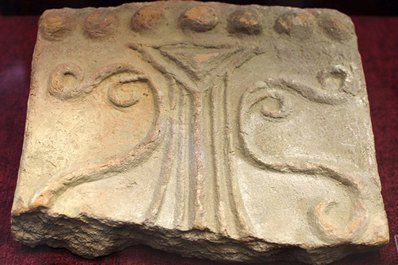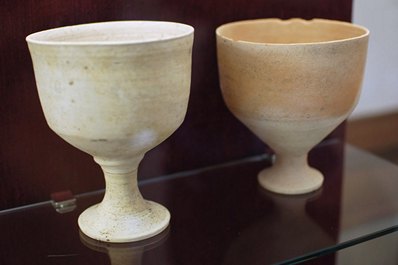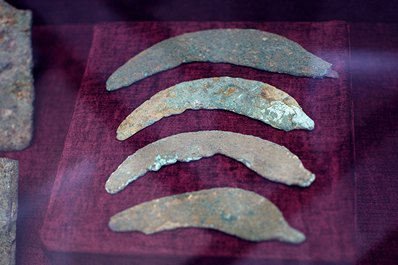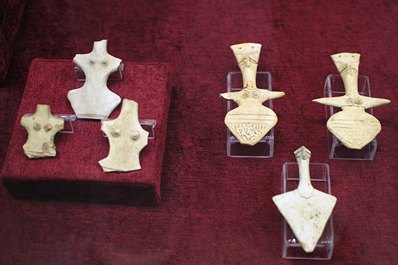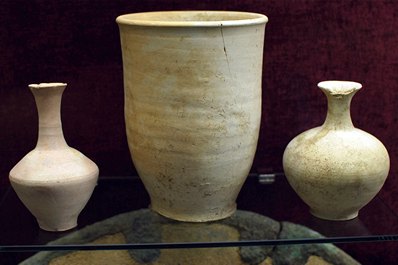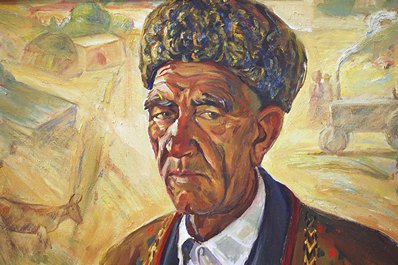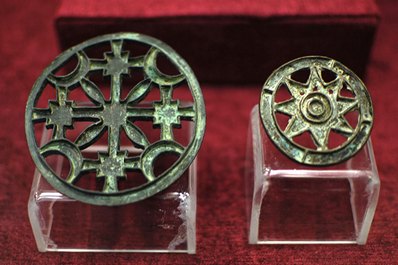Mary History Museum
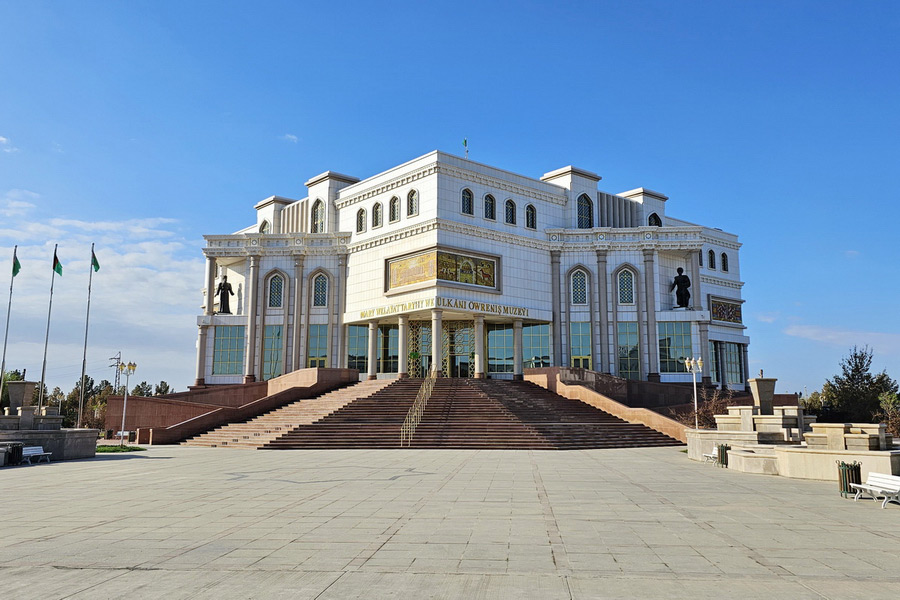
History, Flora and Fauna of Mary Region in the Mary History Museum
The Mary History Museum was established as the Mary Museum of History and Revolution in 1968. Its first exposition opened in 1974. When Turkmenistan gained independence, the Museum in 2008 moved into a new white-marbled building in the center of Mary. The cost of the building erected by Sedas Insaat Anonim Sirketi, Turkey, came to nearly $18,000,000.The three-storey building is faced with white marble on its central and side facades, while the upper semi-basement is decorated with color granite. The building area is 10,000 sq. m., and the exhibition floor is 4,000 sq. m. The museum houses 6 exhibition halls, a conference hall, restoration halls, repositories and laboratories. Five halls of the Mary History Museum are occupied by permanent expositions, and another one –Temporary – is to host thematic exhibitions. All in all, the Museum has about 40,000 exhibits.
On the ground floor there is Renascence Hall dedicated to recent history of Turkmenistan. There, you can see the exhibits connected with the period of Turkmenistan independence, numerous portraits of President Gurbanguly Berdymukhamedov, documentary archives and photos.
The other thematic halls display the archeological findings from the excavations in Ancient Merv and Gonur. These bronze and ceramic vessels, old-time jewelries, weapons, everyday objects number many millennia. Thus, for instance, the bronze figurines of Zoroastrian goddesses, stamps-amulets, and mosaics demonstrate Margiana culture of the bronze epoch. But the major part of the exhibits of the archeological hall is connected with Merv of the Great Seljuk epoch. There you can admire stamped and glazed ceramics, bronze candelabra, ivory chess set, dating back to the X-XI centuries.
Most of these artifacts, which can decorate collections of any world’s museums, were found and handed over to the museum by a group of scientists headed by the well-known historian and archaeologist V. Sarianidi. One of the last exhibits solemnly donated by V. Sarianidi to the museum was an ancient casket decorated with an ivory mosaic, found during excavations in Gonur Depe (II millennium BC).
The Hall of Ethnography displays items of everyday life and applied arts of the region: embroidered national costumes, collection of women’s head gowns “chyrpy”" and “kurté”, ancient Turkmen carpets with oriental floral and geometric patterns, carved and engraved articles, and jewelry made of silver and semi-precious stones and so on. It also clearly demonstrates the Turkmen traditions, associated with wedding, birth of a child, festivals and death. One of the rooms has a Turkmen white yurt, which recreates the life of Turkmen nomads in every detail.
The dioramas demonstrated in the Hall of Local History, recreate the landscapes of the Badykhan Reserve, Murghab riverside and panorama of the desert in detail. It also displays specimens of flora and fauna both modern and epiobiotic of Mary velayat. The Hall of Fine Art presents paintings, graphics and sculptures of the XX-XXI centuries of Turkmen artists, glorifying the beauty of his native land.


